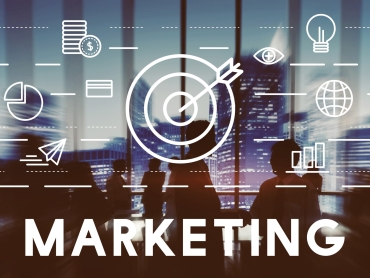What Do We Mean by Layout and Structure?
Layout is how your content is visually arranged on a page—things like headings, paragraphs, spacing, images, tables, and navigation.
Structure is the logical organization of your content—the hierarchy and flow that guides readers through your ideas step-by-step.
Together, a great layout and structure mean your content isn’t just readable but inviting. It makes the information easy to digest, while search engines get the clues they need to understand and rank your content well.
Why Layout and Structure Matter to Real People
They reduce overwhelm: Nobody wants to face a big wall of text. Breaking content down into manageable chunks keeps readers interested and helps them find what they need quickly.
Boosts comprehension: Clear headings and organized flow help readers get your message faster without re-reading.
Improves scanning: Most people skim content online. Good use of bullet points, tables, and subheadings makes scanning effective and satisfying.
Encourages engagement: Clean, balanced layouts with images, call-to-actions, and links invite users to interact or keep reading.
Supports mobile readers: Responsive layouts mean your content shines on smartphones and tablets, where most web traffic lives today.
SEO Benefits of Great Layout and Structure
Search engines reward content that is easy to scan and clearly organized because it signals quality and relevancy. Some SEO benefits include:
Better crawlability: Proper use of headings (H1, H2, H3…) tells Google what’s important and how content sections relate.
Lower bounce rates: Readers stick around longer when content isn’t confusing or overwhelming—Google notices.
Featured snippet potential: Well-structured content stands a better chance of answering queries directly in search results.
Improved keyword targeting: Clear sectioning lets you naturally place keywords without stuffing—a win for both users and SEO.
Enhanced accessibility: Semantic HTML and logical order help screen readers and assistive tech, expanding your reach and compliance.
How to Nail Layout and Structure in 2025: Step-by-Step
| Step | What to Do | Why It Works |
|---|---|---|
| Start with a clear H1 | Keep your main title focused and include your primary keyword. | Establishes the main topic for readers and SEO crawlers. |
| Use descriptive headings (H2, H3) | Break content into sections with meaningful headings. | Guides readers and signals content hierarchy to search engines. |
| Write short paragraphs | Aim for 2-4 sentences per paragraph. | Easier to read on screens and mobile devices. |
| Use bullet points & numbered lists | Highlight key info, steps, or comparisons clearly. | Helps skimmers absorb info fast and helps content flow well. |
| Include tables and visuals | Use tables for data, charts or images to illustrate points. | Makes complex info accessible and breaks monotony. |
| Add internal and external links | Link related content or authoritative sources naturally. | Improves SEO and offers users paths for deeper exploration. |
| Use whitespace wisely | Avoid clutter by spacing text and elements evenly. | Improves focus and reduces fatigue for readers. |
| Mobile optimize | Test layout on phones/tablets, optimize load times, and make fonts readable. | Majority of users browse on mobile—better experience equals better rankings. |
| Optimize metadata | Craft compelling meta titles and descriptions with keywords. | Drives clicks and helps SEO. |
| Accessible markup | Use semantic HTML tags and alt text for images. | Supports users with disabilities and boosts SEO. |
Avoid These Common Layout and Structure Mistakes
Walls of text: Too dense and long paragraphs turn users away immediately.
Poor heading use: Skipping H2s or stuffing keywords in headings can confuse both users and search engines.
Inconsistent styles: Random fonts, colors, or sizes hurt readability and professionalism.
Ignoring mobile users: Content that breaks or is hard to read on mobile kills engagement.
Overuse of pop-ups and ads: Distracting elements frustrate users, increasing bounce rates.
Real-World Wins with Strong Layout and Structure
Businesses and bloggers report real benefits when they focus on clear content structure:
Increased average session duration: Clear layouts keep visitors reading longer.
Higher conversion rates: Well-placed CTAs in structured content guide users toward desired actions.
Better search rankings: Optimization pays off with higher positions, more traffic, and even featured snippets.
For example, a marketing blog that restructured its posts with clear headings, bullet points, and mobile optimization saw a 35% spike in organic traffic in six months.
Final Thoughts: Layout and Structure Are Your SEO & UX Power Tools
The best content is a combination of great ideas and smart presentation. Don’t just write—craft with structure. Organize so people and search engines can find value effortlessly.
In a world flooded with digital content, the clarity you bring to layout and structure can be your secret superpower—for connecting with real humans and dominating search results.








